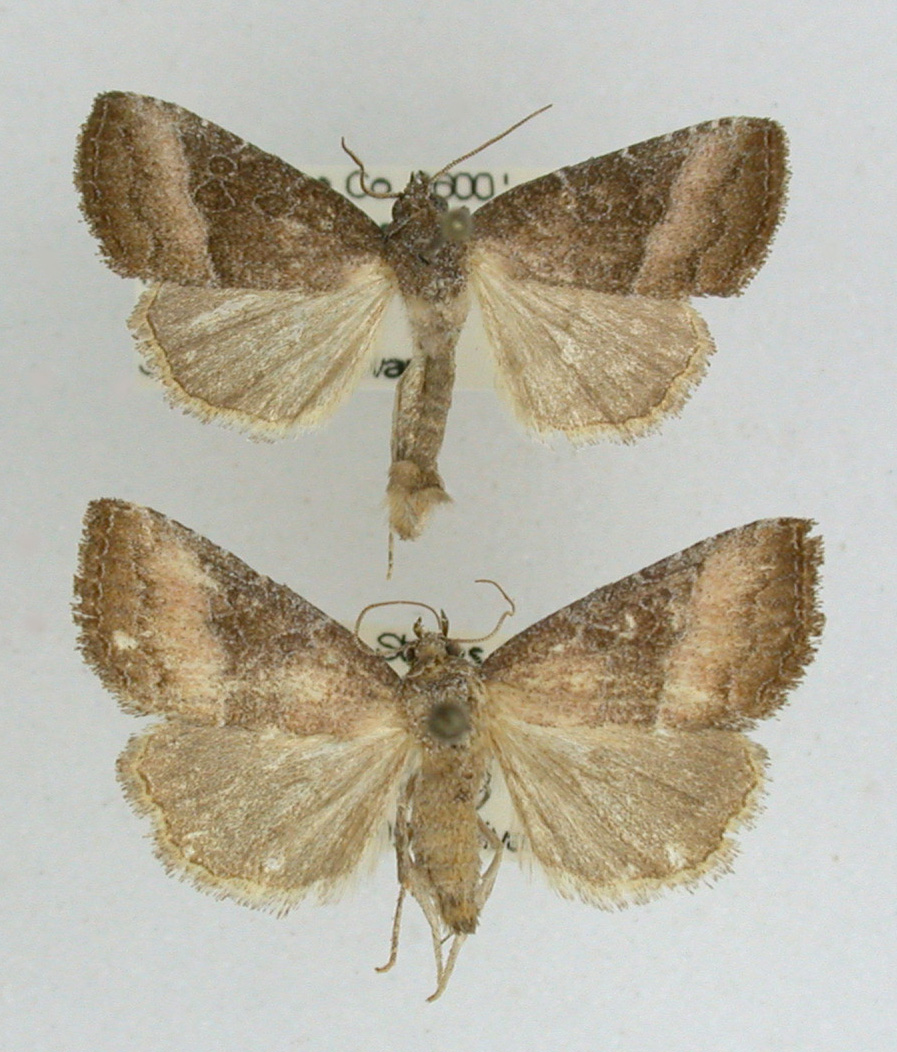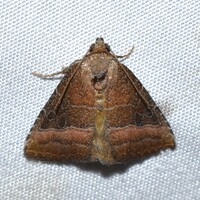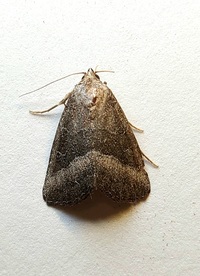
| Recorded by: Mark Basinger on 2025-09-12
Wilson Co.
Comment: | 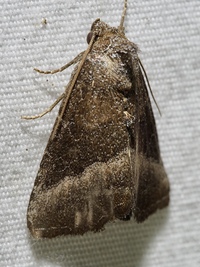
| Recorded by: Merrill Lynch on 2025-09-10
Watauga Co.
Comment: |
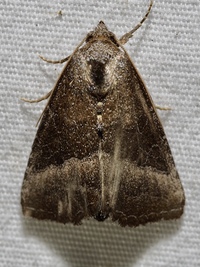
| Recorded by: Merrill Lynch on 2025-09-10
Watauga Co.
Comment: | 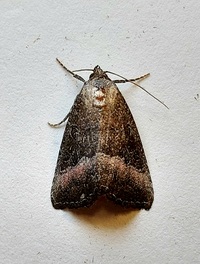
| Recorded by: Mark Basinger on 2025-08-20
Wilson Co.
Comment: |

| Recorded by: Jim Petranka, Becky Elkin and Marilyn Westphal. on 2025-08-09
Henderson Co.
Comment: | 
| Recorded by: Allison Garton on 2025-08-08
Moore Co.
Comment: |
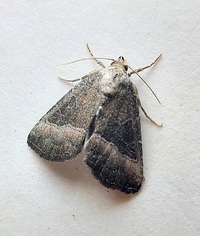
| Recorded by: Mark Basinger on 2025-07-30
Wilson Co.
Comment: | 
| Recorded by: Mark Basinger on 2025-06-26
Buncombe Co.
Comment: |

| Recorded by: Mark Basinger on 2025-06-14
Rowan Co.
Comment: | 
| Recorded by: Mark Basinger on 2025-06-05
Wilson Co.
Comment: |

| Recorded by: Simpson Eason on 2025-06-02
Durham Co.
Comment: | 
| Recorded by: Mark Basinger on 2025-05-22
Wilson Co.
Comment: |

| Recorded by: Mark Basinger on 2025-05-21
Wilson Co.
Comment: | 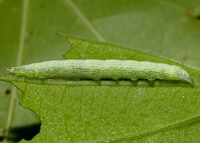
| Recorded by: David George on 2024-09-08
Durham Co.
Comment: |
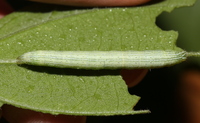
| Recorded by: David George on 2024-09-08
Durham Co.
Comment: | 
| Recorded by: Stefanie Hedrick on 2024-08-29
Union Co.
Comment: |
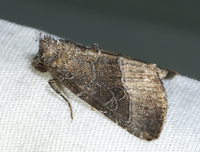
| Recorded by: John Petranka on 2024-08-22
Orange Co.
Comment: | 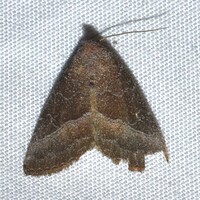
| Recorded by: David George, Jeff Niznik, Kenneth Geisert, David Bradley, Julie Tuttle, Patrick Coin, Kaitlyn Elliott, Becky Watkins on 2024-08-17
Durham Co.
Comment: |
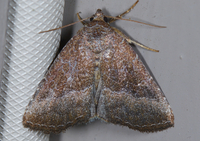
| Recorded by: Jim Petranka on 2024-08-04
Madison Co.
Comment: | 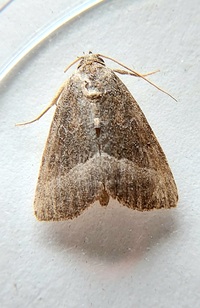
| Recorded by: Mark Basinger on 2024-08-03
Mitchell Co.
Comment: |
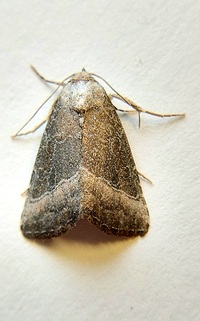
| Recorded by: Mark Basinger on 2024-07-30
Wilson Co.
Comment: | 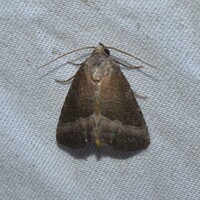
| Recorded by: David George, Jeff Niznik, Patrick Coin, Steve Hall, Carol Tingley, Tom Howard on 2024-07-27
Chatham Co.
Comment: |
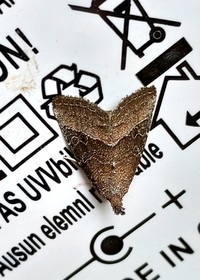
| Recorded by: Mark Basinger on 2024-07-27
Rowan Co.
Comment: | 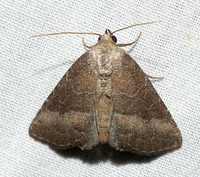
| Recorded by: David George, Jeff Niznik on 2024-07-08
Chatham Co.
Comment: |
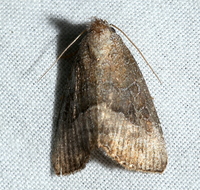
| Recorded by: David George on 2024-07-04
Chatham Co.
Comment: | 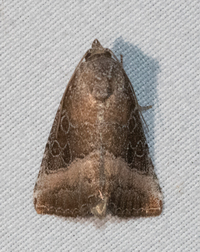
| Recorded by: Emily Stanley on 2024-06-29
Buncombe Co.
Comment: |
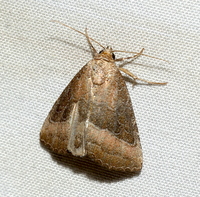
| Recorded by: David George, Jeff Niznik, Stephen Dunn on 2024-06-29
Chatham Co.
Comment: | 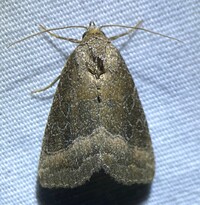
| Recorded by: Dean Furbish, Lior S. Carlson on 2024-06-25
Orange Co.
Comment: |
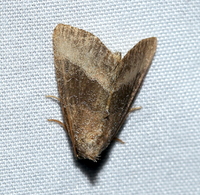
| Recorded by: David George, Stephen Dunn, Jeff Niznik, Patrick Coin on 2024-06-22
Chatham Co.
Comment: | 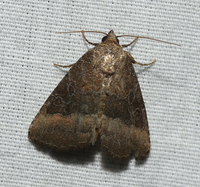
| Recorded by: David George, Steve Hall, Patrick Coin, Mark Basinger on 2024-06-16
Chatham Co.
Comment: |
|

 »
»
